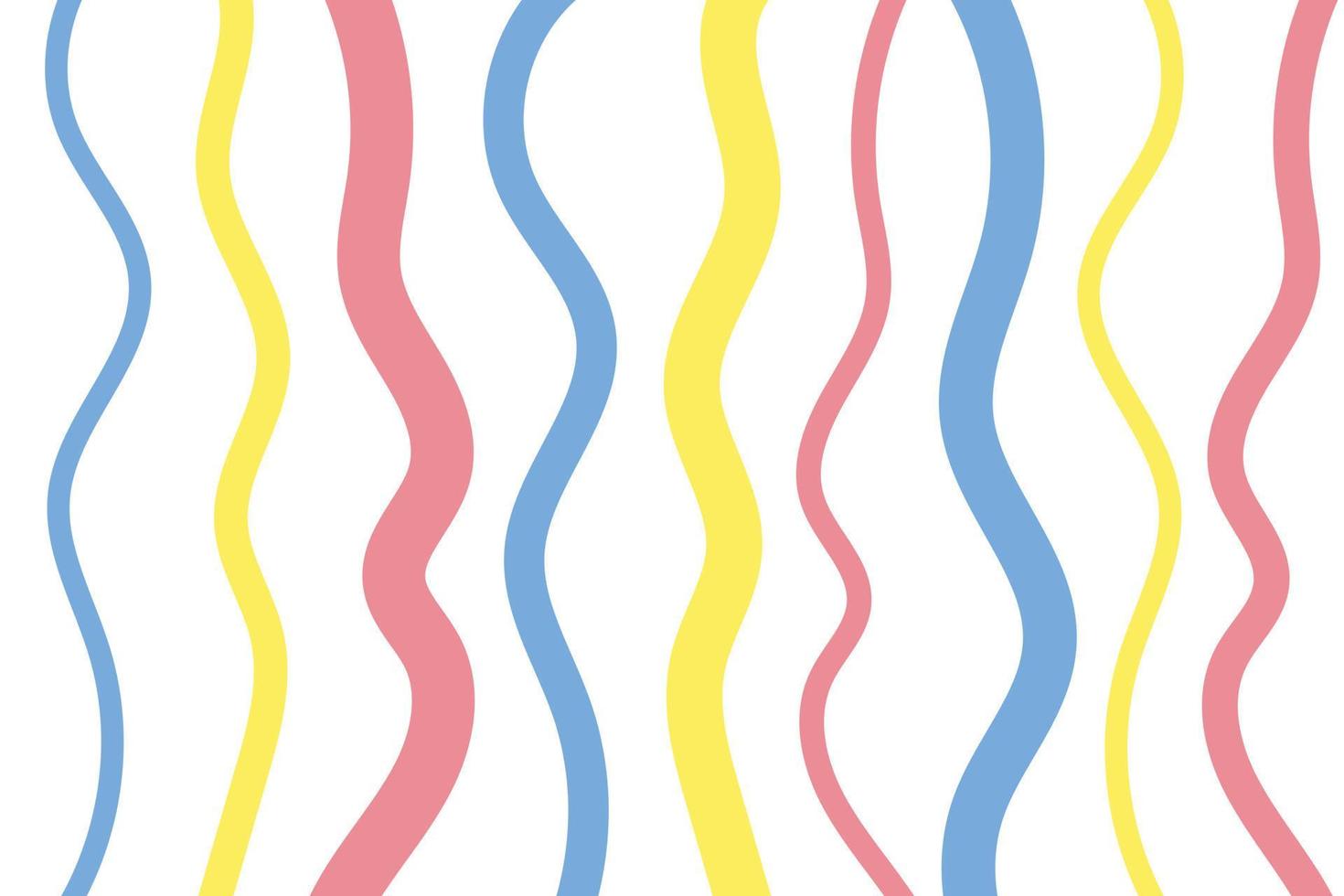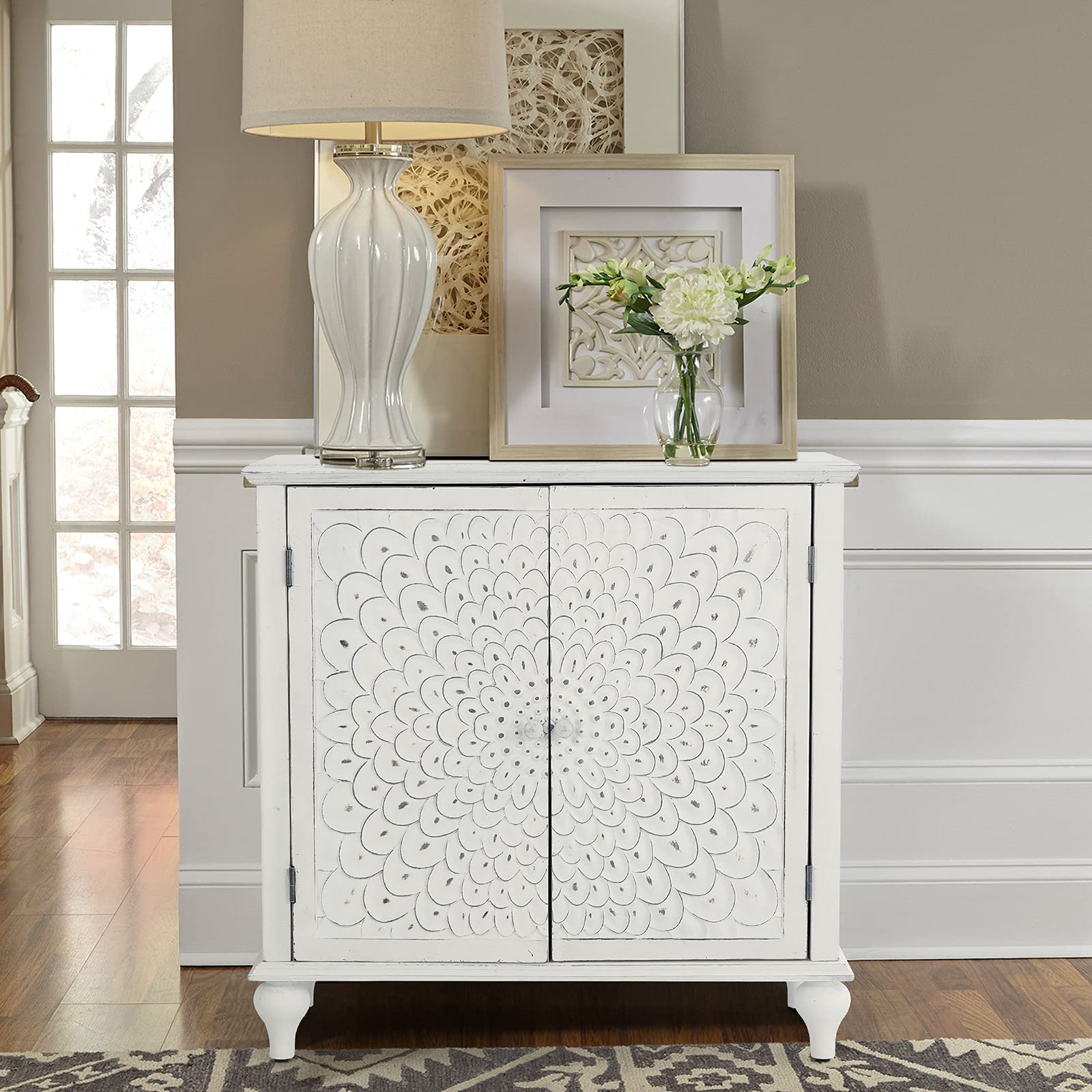The Allure of Shabby Chic Antique China Cabinets

The shabby chic style has captured hearts for decades, its charm lying in its embrace of the imperfect and aged. This aesthetic, characterized by distressed finishes, faded paint, and a sense of history, finds its perfect expression in antique furniture. Among these, antique china cabinets stand out, embodying the essence of shabby chic and adding a touch of vintage elegance to any space.
The Enduring Appeal of Shabby Chic
The enduring appeal of shabby chic lies in its ability to evoke a sense of warmth, comfort, and nostalgia. This style celebrates the beauty of imperfections, embracing the patina of time and the stories that furniture carries. Antique china cabinets, with their chipped paint, faded finishes, and intricate carvings, embody this spirit perfectly. They offer a glimpse into the past, whispering tales of bygone eras and adding a unique character to any room.
Distressed Finishes and Faded Paint
Distressed finishes and faded paint are hallmarks of the shabby chic style. These imperfections, far from being flaws, are celebrated as elements that add depth and character to furniture. The chipped paint on an antique china cabinet tells a story of years of use, while the faded finish evokes a sense of timelessness. These details create a sense of history and authenticity, adding a touch of vintage charm to any décor.
The Sense of History Imbued in Antique China Cabinets, Shabby chic antique china cabinet
Antique china cabinets carry a sense of history that is both tangible and evocative. Each piece tells a story of its past life, from the families who owned it to the events it witnessed. The craftsmanship of these cabinets, often intricate and detailed, speaks to the skill and artistry of past generations. This sense of history adds a unique dimension to the aesthetic of shabby chic, making each piece a treasure to be cherished.
Shabby Chic Antique China Cabinets in Different Home Décor Styles
Shabby chic antique china cabinets can enhance the aesthetic of various home décor styles. Their versatility stems from their ability to blend seamlessly with different color palettes and design elements.
- Traditional: In a traditional setting, a shabby chic antique china cabinet can add a touch of vintage charm, complementing the rich colors and intricate patterns of the décor.
- Modern: A shabby chic antique china cabinet can introduce a touch of warmth and character to a modern space, creating a striking contrast against clean lines and minimalist design.
- Farmhouse: Shabby chic antique china cabinets are a natural fit for farmhouse décor, adding a touch of rustic charm and enhancing the warm, inviting atmosphere of the space.
- Coastal: In a coastal-inspired home, a shabby chic antique china cabinet can add a touch of vintage elegance, complementing the natural elements and light colors of the décor.
Unveiling the History and Craftsmanship: Shabby Chic Antique China Cabinet

Antique china cabinets, more than just storage units, are time capsules encapsulating craftsmanship and history. Their evolution reflects changing styles and societal values, offering a glimpse into bygone eras.
Origins and Evolution
Antique china cabinets emerged in the 17th century, evolving alongside the burgeoning interest in collecting fine china. Early cabinets were typically large and imposing, crafted from sturdy hardwoods like oak and walnut. Their design was often influenced by architectural styles of the time, such as the Baroque and Rococo periods. The 18th century witnessed a shift towards lighter and more elegant designs, with the rise of the Neoclassical style. This period saw the introduction of intricate carvings, delicate veneers, and the use of lighter woods like mahogany and cherry.
The 19th century brought about the Victorian era, characterized by elaborate ornamentation and a preference for darker woods like rosewood and ebony. China cabinets of this period often featured intricate carvings, ornate hardware, and mirrored backs to enhance the display of fine china. The 20th century saw a resurgence of simpler styles, with the Art Deco movement embracing geometric patterns and sleek lines.
Materials and Construction
Antique china cabinets were meticulously crafted using a variety of materials, each contributing to their enduring quality and aesthetic appeal.
- Wood: Oak, walnut, mahogany, cherry, rosewood, and ebony were common choices, selected for their strength, durability, and unique grain patterns. These woods were often hand-selected for their quality and meticulously seasoned to prevent warping and cracking.
- Hardware: Brass, bronze, and pewter were popular materials for hinges, drawer pulls, and other hardware. These elements were often intricately designed and hand-crafted, adding to the overall aesthetic appeal of the cabinet.
- Glass: Glass panels were used to showcase the china within the cabinet. Early cabinets often featured thick, hand-blown glass, while later examples utilized thinner, machine-blown glass. The glass could be clear, frosted, or etched with decorative patterns.
Intricate Details and Decorative Elements
The craftsmanship of antique china cabinets is evident in the intricate details and decorative elements that adorn them.
- Carvings: Carvings were often used to enhance the aesthetic appeal of the cabinet. These could range from simple floral motifs to elaborate scenes depicting mythological figures or historical events. Carving techniques varied, from hand-carved details to more elaborate designs achieved through the use of specialized tools and templates.
- Inlays: Inlays, where different materials are embedded into the surface of the wood, were another common decorative technique. Wood veneers, mother-of-pearl, and ivory were often used to create intricate patterns and designs. Inlays added depth and texture to the cabinet’s surface, enhancing its visual appeal.
- Paint and Finishes: Antique china cabinets were often painted or finished to enhance their beauty and protect the wood. Traditional finishes included oil-based varnishes, shellac, and waxes. Paint colors ranged from muted tones like cream and beige to more vibrant hues like red and green, often reflecting the prevailing styles of the time.
Restoring and Repurposing Shabby Chic Antique China Cabinets

Antique china cabinets, with their intricate carvings and weathered charm, embody the essence of shabby chic style. Restoring and repurposing these cabinets can breathe new life into them, transforming them into cherished pieces that add character and functionality to any space.
Restoring Shabby Chic Antique China Cabinets
Restoring an antique china cabinet involves a meticulous process that combines cleaning, repairs, and refinishing techniques. This process allows you to preserve the cabinet’s historical significance while enhancing its aesthetic appeal.
- Cleaning: Begin by gently cleaning the cabinet with a soft cloth and a mild soap solution. Avoid harsh chemicals that can damage the finish. Pay attention to any intricate carvings or details, using a small brush to remove dust and grime from hard-to-reach areas.
- Repairs: Examine the cabinet for any structural damage, such as loose joints, cracked wood, or missing pieces. Use wood glue or epoxy to repair cracks and secure loose joints. For missing pieces, consider using wood filler or carving a replacement piece.
- Refinishing: The refinishing process involves removing the old finish and applying a new one. Depending on the cabinet’s condition and desired aesthetic, you can choose to strip the old finish completely or simply apply a new coat of paint or stain. For a shabby chic look, consider using chalk paint or a distressed finish.
Repurposing Shabby Chic Antique China Cabinets
Beyond their traditional function of displaying china, antique china cabinets offer endless possibilities for repurposing. Their unique design and spacious interiors can be transformed into a variety of functional and stylish pieces.
- Bar: An antique china cabinet can be easily repurposed into a charming bar. Install shelves for liquor bottles, glasses, and bar accessories. The cabinet’s lower shelves can be used for storage, while the top can be used for displaying barware or creating a stylish bar area.
- Display Shelf: The cabinet’s glass doors and shelves provide a perfect platform for displaying cherished items, such as books, photographs, or decorative objects. Consider adding lighting to highlight the displayed items and enhance the overall ambiance.
- Storage Unit: The cabinet’s spacious interior offers ample storage space for a variety of items. Use the shelves to store linens, towels, or other household items. The lower shelves can be used for storing larger items, such as baskets or boxes.
Incorporating Modern Elements
While preserving the antique character of the cabinet is important, incorporating modern elements can enhance its functionality and style.
- Hardware: Update the cabinet’s hardware with modern knobs or pulls. Choose materials that complement the cabinet’s style, such as brushed nickel, copper, or antique brass.
- Lighting: Install LED lighting inside the cabinet to illuminate the displayed items. This will enhance the cabinet’s visual appeal and create a warm and inviting atmosphere.
- Paint: Consider painting the cabinet in a modern color to create a contemporary look. Choose a color that complements the existing décor of the room.
The shabby chic antique china cabinet, with its delicate floral patterns and chipped paint, whispers tales of bygone eras. While its charm lies in its rustic elegance, the modern homeowner might find inspiration in the functional efficiency of l-shaped laundry room cabinets , which maximize space and streamline daily tasks.
Perhaps, a touch of shabby chic charm could be infused into the laundry room, adding a touch of whimsy to this utilitarian space.
A shabby chic antique china cabinet, with its faded paint and worn patina, whispers of a bygone era. The delicate details of the cabinet, often featuring intricate carvings or hand-painted motifs, are further enhanced by the inclusion of leaded glass cabinet doors.
These doors, with their intricate patterns of stained glass, add a touch of ethereal beauty, casting a warm, inviting glow upon the precious porcelain within. The combination of shabby chic charm and the timeless elegance of leaded glass creates a captivating display that speaks to the enduring allure of vintage aesthetics.
